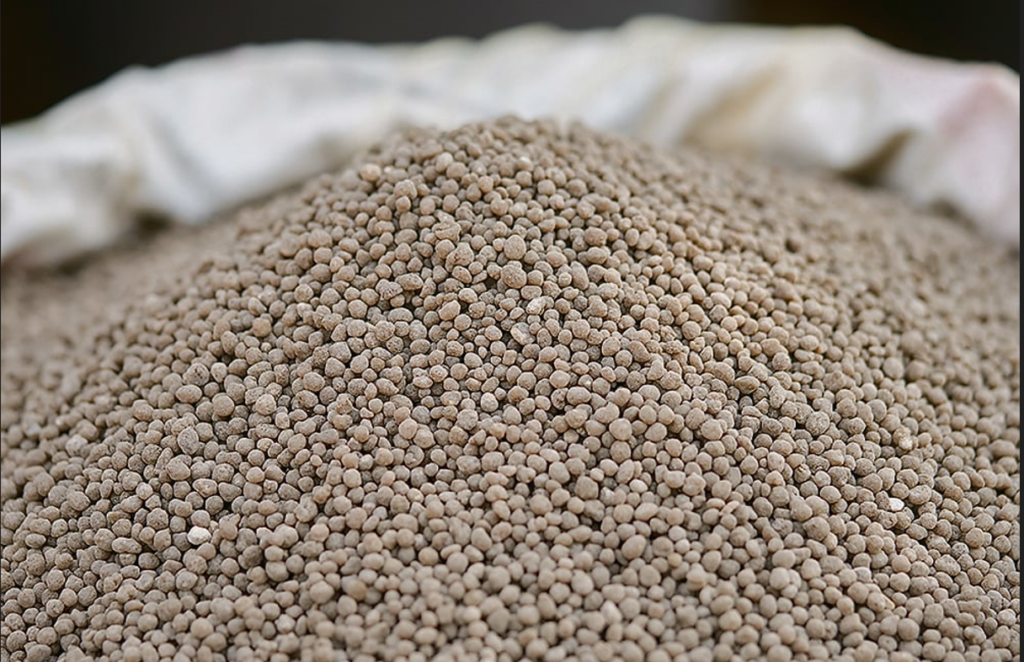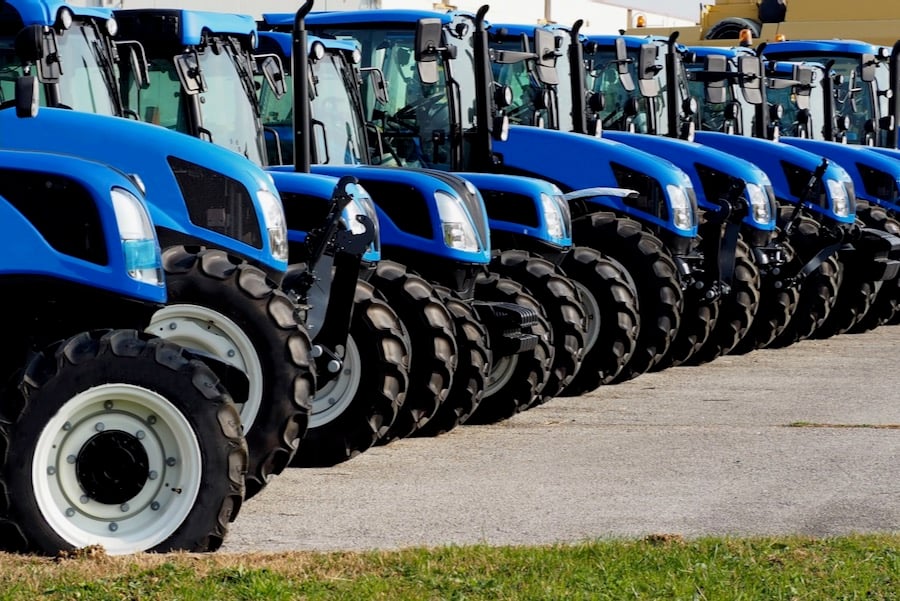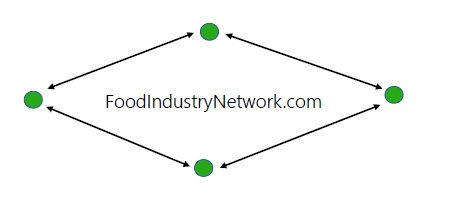Counter tariffs threaten fertilizer prices

Glacier FarmMedia — Canada’s proposed retaliatory tariffs could end up hurting the country’s grain farmers.
Grain Growers of Canada has perused the long list of potential U.S. counter-tariff targets put forward by the Canadian government to identify which products could pose a threat.
“One of them that comes to the top of the list is fertilizer, and more specifically, phosphate fertilizer,” said executive director Kyle Larkin.
That is because there is no domestic phosphate production in Canada, so farmers rely on imports, and the United States is the major supplier of the nutrient.
Read Also

Farm machinery associations respond to retaliatory proposals
The North American Equipment Dealers Association says Canadian counter-tariffs on farm machinery could severely impact the sector.
“A 25 per cent tariff on phosphate fertilizer definitely would have an impact on grain farmers,” Larkin said.
Canada imported an average of 4.12 million tonnes of fertilizer per year from the U.S. from 2018-23 , according to statistics provided by Fertilizer Canada.
That total includes 1.46 million tonnes of monoammonium phosphates (MAP) and 92,027 tonnes of diammonium phosphate (DAP).
It also includes 937,000 tonnes of urea, 310,158 tonnes of ammonium nitrate and 518,232 tonnes of fertilizers containing a combination of nitrogen and phosphorus.
There is even some U.S. potash coming into Eastern Canada, which is replacing product from Russia and Belarus that has been pushed out of the market by Canadian tariffs.
Compensation needed
The good news is that much of the fertilizer for the 2025 growing season has already been ordered by farmers and imported by Canadian retailers.
The bad news is that Canada’s pending tariffs could result in a 25 per cent hike in prices for U.S.-sourced product in 2026.
“Farmers are already experiencing dropping commodity prices, and the cost of inputs are already sky-high, and they’re facing increased government regulations and taxation,” said Larkin.
He said the potential fertilizer tariffs are a “massive concern” for farmers. If they come into effect, Ottawa better be prepared to compensate growers.
“Any funds derived and raised through tariffs on essential products such as fertilizer should be going back to the producer,” said Larkin.
What is already under tariffs?
Canada has already implemented a 25 per cent tariff on $30 billion worth of U.S. goods effective March 4.
That list includes products such as orange juice, peanut butter, wine, spirits, beer, coffee, appliances, apparel, footwear, motorcycles, cosmetics and certain pulp and paper products.
In addition, another $29.8 billion in tariffs on U.S. steel and aluminum imports is scheduled to go into effect March 13 in response to U.S. tariffs on Canadian steel and aluminum.
Canada intends to impose countermeasures on another $125 billion in U.S. imports if U.S. president Donald Trump follows through on his promise to apply 25 per cent tariffs on a broad spectrum of Canadian and Mexican goods on April 2.
The list for that potential third tranche of tariffs includes electric vehicles, fruits and vegetables, beef, pork, dairy, electronics, steel, aluminum, trucks, buses and fertilizer products.
That third round of tariffs is subject to a comment period that ends on April 2. The government says it is seeking views from business, stakeholders and Canadians regarding the impact of the proposed tariffs.
“We’re putting together a submission to that consultation to ensure that the government acknowledges and realizes the impact these retaliatory tariffs could have on Canadian grain farmers,” said Larkin.
Source: Farmtario.com

